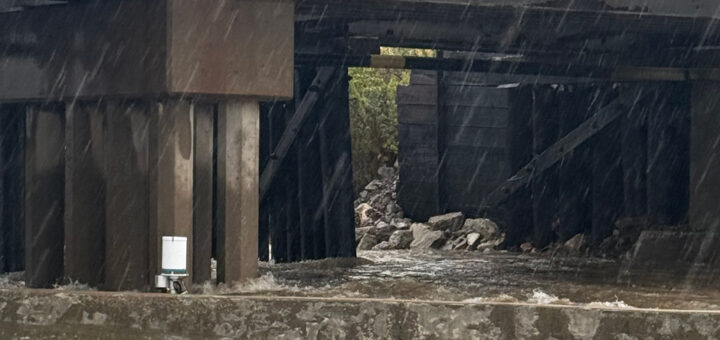Five Alpine Lakes Not Located in the Alps
0It’s hard to tell what are and what are not alpine lakes.
According to the Encyclopedia Britannica, an Alpine lake (big A) exists in the Alps mountain range. This definition makes a lot of sense, as the name clearly comes from the range. But with linguistic generalization, the term also extends to many lakes sitting at high altitudes, hence the five alpine (little A) lakes below.
Yellowstone Lake
The largest body of water in the famous national park, Yellowstone Lake is nearly 8,000 feet above sea level. It is a freshwater lake, and is the largest of this kind sitting above 7,000 feet in North America.

Yellowstone Lake as seen from space, September 1994. (Credit: NASA)
Lake Sevan
Located in Armenia, Lake Sevan is the country’s largest freshwater body. It gets its water from 28 rivers and streams. This water, some 90 percent, evaporates while the rest flows out of the Hrazdan River.
Lake Sevan was once considered a Great Lake of the Armenian Kingdom, along with Lake Van and Lake Urmia. It currently sits greater than 6,200 feet above sea level.

Lake Sevan as seen from space, September 2004. (Credit: NASA)
Lake Issyk Kul
Issyk Kul is the second largest saline lake in the world after the Caspian Sea. Because of this salinity, the lake doesn’t freeze. In the Kyrgyz language, its name is “Hot Sea” due to this trait. It sits more than 5,200 above sea level.

Lake Issyk Kul as seen from space, February 2006. (Credit: NASA)
Heaven Lake
A crater lake bordering China and North Korea, Heaven Lake sits atop Baekdu Mountain. Its caldera was created by a volcanic eruption more than 1,000 years ago. It is typically covered by ice from October to June.
It sits more than 7,100 feet above sea level.

Heaven Lake, June 2005. (Credit: Wikipedia User Bdpmax via Creative Commons)
Lake Titicaca
Sitting in the Andes, Lake Titicaca borders Peru and Bolivia. It is the largest lake by volume in South America.
Known as the highest navigable lake in the world, it sits 12,507 feet above sea level.

Lake Titicaca, seen from Puno, Peru. (Credit: Wikipedia User Helence81 via Wikimedia Commons)













